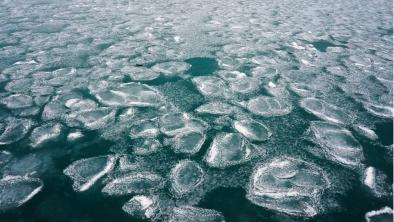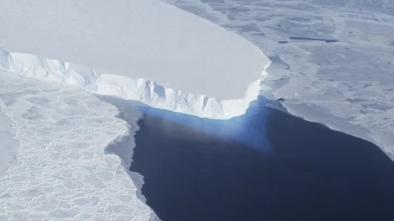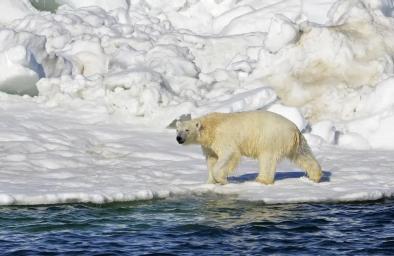Science Source
Human influence on Arctic sea ice detectable from early 1990s onwards
- States that human influence has previously been identified in the observed loss of Arctic sea ice, but this hypothesis has not yet been tested with a formal optimal detection approach
- Compares observed and multi‐model simulated changes in Arctic sea ice extent during 1953–2006 using an optimal fingerprinting method
- Finds that the anthropogenic signal first emerged in the early 1990s, indicating that human influence could have been detected even prior to the recent dramatic sea ice decline
- Finds that the anthropogenic signal is also detectable for individual months from May to December, suggesting that human influence, strongest in late summer, now also extends into colder seasons
Related Content
Science Source
| Nature
Regime shift in Arctic Ocean sea ice thickness
Headline

Feb 21, 2023 | Climate Nexus Hot News
Ice Absent From Great Lakes, New England
Headline

Feb 16, 2023 | Climate Nexus Hot News
Antarctic Sea Ice At Lowest Recorded Levels, Again; Thwaites Glacier's Weak Spots Getting Weaker
Headline

Jan 25, 2023 | Climate Nexus Hot News
Melting Sea Ice Could Increase Threatens Polar Bears, People


